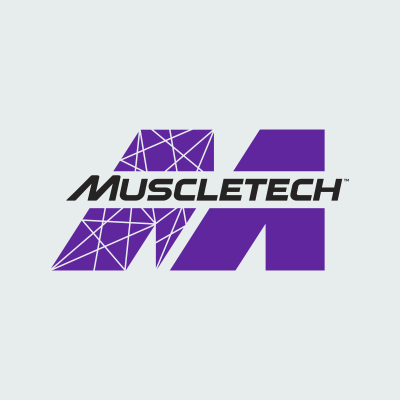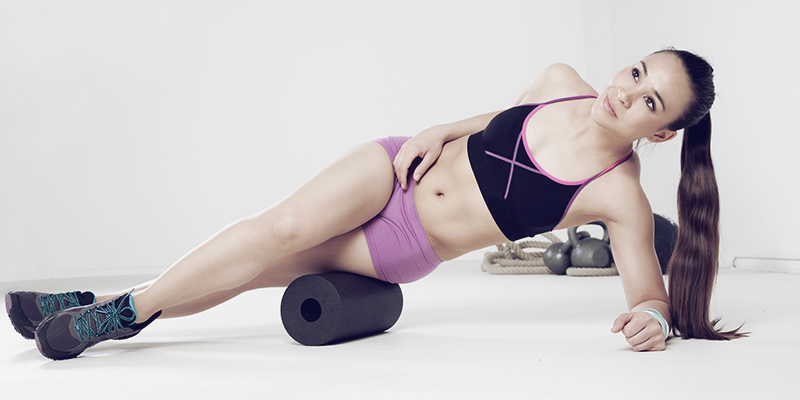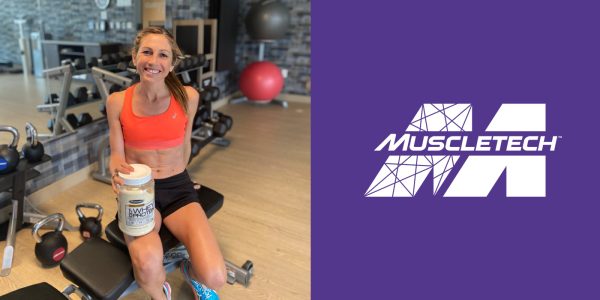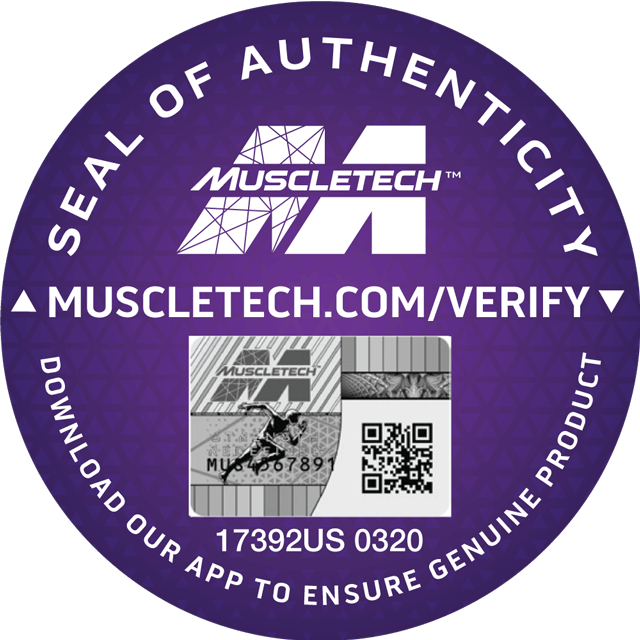What is foam rolling and what are the benefits?
Foam rolling, also known as self-myofascial release, is an effective method to reduce muscle tightness and assist with recovery. In other words, it’s basically a way to give yourself a deep tissue massage, which will help to reduce pain, increase your range of motion as well as circulation, and ultimately lower your chance of injury through proper recovery. The last thing you want when training hard is to be held back by stiff muscles or knots that limit your range of motion, the intensity of your workouts or your strength. By adding foam rolling into your routine a few times a week, you can release trigger points that may be causing you to sacrifice your workouts due to pain. Although stretching does help, not all muscles can be thoroughly stretched and the tension applied while stretching does not always release the knots, which is why it is beneficial to incorporate both stretching and foam rolling. Stretching will help increase flexibility and range of motion, as well as reduce some muscle tightness, and the foam rolling will break up the knots/kinks in the muscle.
When should I foam roll?
Foam rolling can be done post-workout, after stretching and cooling down, or as a form of active recovery on your off days. Along with your other forms of recovery, aim to incorporate foam rolling into your routine 2 to 3 times a week to get the most out of it.
How do I foam roll?
- Position your body so the foam roller is beneath you on the muscle. For example, if you are using it to roll your quadriceps, position yourself stomach down on the roller with it just above your knee and begin to roll over the area applying moderate pressure.
- Roll over the general area of the muscle slowly, and you will begin to feel some pain and tightness.
- Stop and hold the foam roller in that position for 15 to 30 seconds and try to relax, releasing the muscle tightness, and continue on to the next trigger point
Tips:
The pain shouldn’t be unbearable, so if it is too much pressure, try rolling around the tight area and avoid directly rolling it. For areas such as the upper back, where a long roller isn’t ideal to use, try using a tennis ball. Using the same method, place the ball beneath your muscle (upper back) and slowly roll around until you find a trigger point where you should hold and try to release the knot. Be careful not to roll over bones or joints, and if rolling a muscle is too painful, stop and try to work around it or move on to a different area and go back to it afterwards. After rolling, you will probably experience some soreness from the releasing of the trigger points, so try not to foam roll the same muscles every day, as they need a break (try to wait 24 to 48 hours between). Along with nutrition and supplementation, foam rolling is a great addition to your recovery routine that is sure to improve your performance both in the gym and in everyday life!
BY JENNIFER DORIE
MUSCLETECH AMBASSADOR








